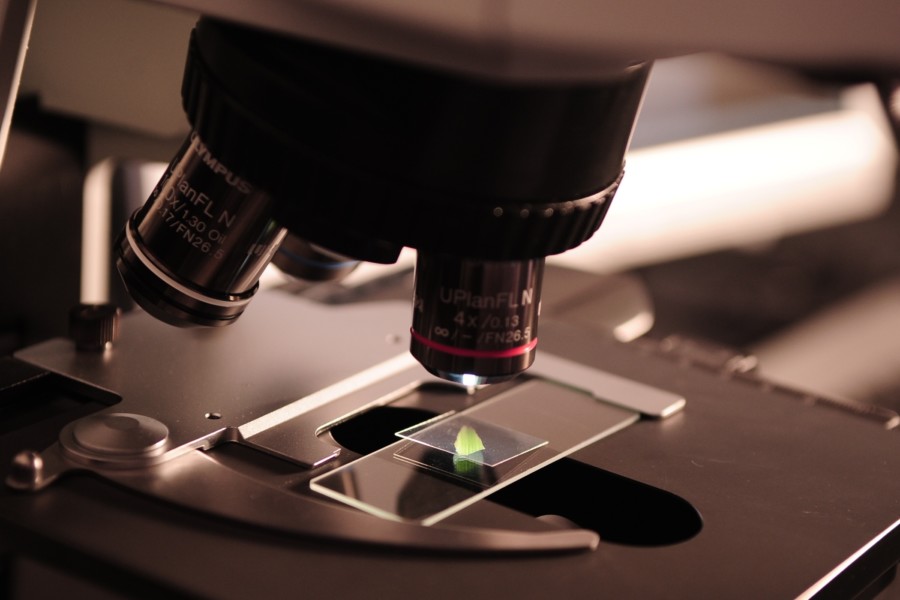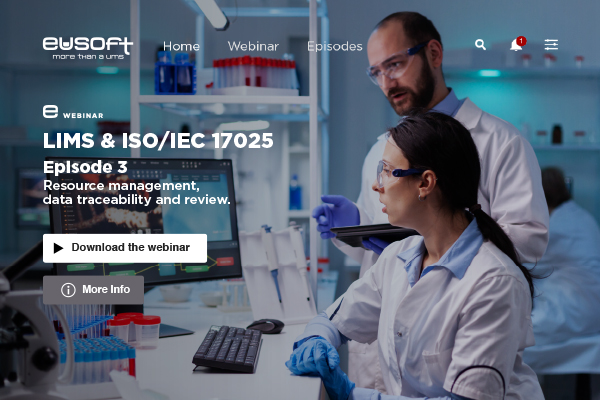The technological revolution is in full swing, and industries in the middle of this momentous digital shift are constantly finding ways to take advantage of the latest developments in their fields. A trend that everyone has their eyes on these days is the explosion of the Internet of Things (IoT), which is a concept applied to the way devices are connected to the Internet and to each other.. The growth of the IoT is turning the world into one big information system and is redefining the relationship between humans and machines. Comparitech reports that 7 billion devices were part of the IoT in 2018, with that number expected to skyrocket to 10 billion by the end of 2020.
Indeed, the £787 million IoT market is showing no signs of slowing down and is touching every global industry. One such industry has even tweaked the terminology used from the IoT to IoLT (the Internet of Lab Things). The way the technology is changing things in the pharmaceutical and life sciences industries warrants its own term at the very least, as this does not even begin to capture the current and projected impact on every process in and outside laboratories.
IoT and the Laboratories
Scientists and lab technicians know the value of getting accurate and reliable information from tests and experiments. This is why they have stacks of notebooks filled with their work so that they are able to record every movement, change, or anomaly that they observe throughout their tests. However, their 8-hour shifts can only record so much and even their highly trained eyes can miss certain things. Technologies made possible by the IoT can track important variables in labs and transmit data in real-time, freeing up scientists and lab technicians to focus on other things.
This same monitoring and tracking technology can be used to identify underutilised equipment, as well as note which ones have to be replaced or serviced. Consistent and accurate reports about equipment can save companies precious resources that can be funnelled into more useful and potentially lifesaving research.
Lastly, the IoT solves one of the most pressing problems in research, which is scaling up. With more interconnected laboratory equipment requiring little to no human monitoring or intervention, more labs will be able to run experiments in less time.
The Future of the IoT
There are several anticipated technological leaps in the coming years for the IoT, but one that poses a significant change is the arrival of 5G. 5G technology will enable businesses to analyse massive data volumes collected through the IoT, as well as utilise this data through analytics and machine learning techniques. A post by Verizon Connect on the future of ‘The Intelligent Fleet’ highlights how this drastic change will result in intelligent logistics operations all over the country, with drivers receiving and interacting with data in real time, keeping them smarter and safer out on the road. In the fashion industry, The Fashion Retailer’s article ‘The Internet of Things in Fashion’ points out how sportswear is already profiting the most from the current IoT, and 5G tech will only make wearable devices faster and better for users.
What does 5G mean for the IoLT? At the very least, it will mean faster transmissions when it comes to data points. However, the ideal impact would be massive scalability for laboratories all over the country. This would inevitably lead to a surge of data to be systematically analysed by machines with results that could further the relevant industries.
Overall, the IoT can change the way laboratories work for the better through streamlining operations and monitoring experiments 24/7. Now is the best time for businesses in the pharmaceutical and life sciences industries to adopt the technology that will help them stay ahead of the curve as the IoT expands and improves rapidly in the coming years.
content intended only for the use of eusoft.co.uk
By Loren Piper




